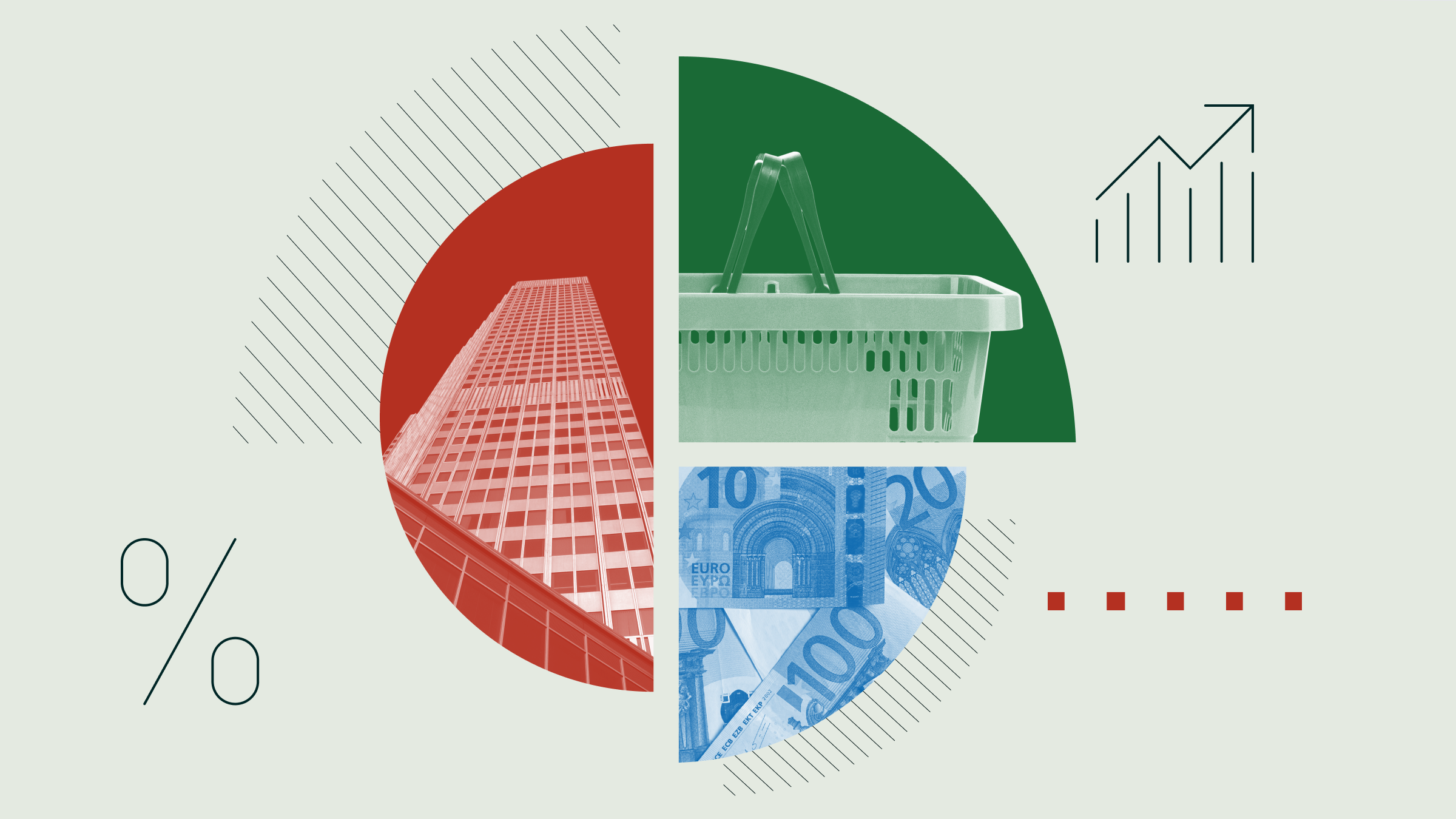Missed the Morningstar UK Investment Conference in London? Catch up on all the articles and video interviews here.

Looking for yield (L-R): Morningstar's Josh Charlson, Fran Kinniry of Vanguard, Anne Lester of JPMorgan, and PIMCO's Mihir Worah.
In today’s market, yield-seeking investors may have to open their minds and look beyond the usual suspects, panelists suggested Thursday at the 25th annual Morningstar Investment Conference in Chicago.
Morningstar’s Josh Charlson led a timely discussion on the topic with three multiasset investors and experts: Anne Lester, JP Morgan’s global head of product and strategy and manager of a Bronze-rated JPMorgan income fund; Fran Kinniry, principal in Vanguard’s Investment Strategy Group; and PIMCO’s Mihir Worah, a managing director, head of real return portfolio management, and a manager on Silver-rated PIMCO Global Real Return.
Make Income From Capital Gains?
Charlson kicked off the panel by asking if investors should even by looking for yield in today’s environment.
Kinniry explained that over the last 30 to 40 years, investors could get a yield from a standard balanced portfolio that was higher than the recommended withdrawal rate, but in more recent times—following the financial crisis—the yield on such a portfolio has fallen to around 2%.
“As a result,” he said, “investors have been going into corporate bonds, high yield, bank loan, and dividend stocks” to make up for the lost yield. In doing so, they’ve become concentrated in value-like equities (which he said were looking fully or somewhat richly valued) and have moved into bonds with more credit risk—which could leave them in bad shape in the case of a market downturn.
Instead, “You have to look at a total return, holistic approach,” he said, “which may mean spending principal.”
Lester pointed out that although institutional clients have historically been indifferent to where income comes from, retail investors are reluctant to take distributions from principal—a worrisome aversion in today’s market. “From a pure valuation perspective, all those income-producing investments look expensive,” she said. “Everyone in the whole world is on the same side of this trade right now, which is a little bit uncomfortable.”
You can find yourself in dreadful value traps when you’re just investing for yield, Lester added. “If the whole market is squeezing down, you don’t want your back against the wall to maintain a [5% yield] no matter what,” she said. She reported that her team has tilted more towards US equities recently, lowering the fund’s yield consciously because they think the total return is worth it. Meanwhile, she’s been less optimistic about high-yield bonds. Although fundamentals are still strong in high yield and spreads are reasonable, yields are rock bottom, she explained. “We think there are better opportunities.”
Worah said that PIMCO believes the Fed will keep rates low for a long time, which also means lower returns. “Seeking out high-quality securities that offer a high income continues to be the correct choice,” he said. “But some sectors will get overvalued—high yield among them. Rates will stay low, and we’re in for low returns across most assets, so seeking the highest quality of the highest income is appropriate.”
REITs and Commodities
Worah said his biggest portfolio weight had recently been in REITs. “Although REITs are correlated to the stock market in the short term, over a long-term horizon, they have a correlation to the property market,” he said. “With government yields so low, REIT yields are still attractive relative to other safe securities out there.” More recently, Worah said he had pared back REITs to a neutral position but still isn’t bearish on them.
Worah said he’s also finding recent opportunities in Brazilian inflation-adjusted bonds amid the market volatility, in addition to changing dynamics in commodities. “The US shale supply has significantly evened out the supply mish-mash,” he said, “and it has also moved the oil curve into backwardation [when the price of oil for more distant future delivery is below the price for delivery in the nearer future].” Just owning futures and rolling them generates 5%-6% returns, Worah said.
Inflation Expectations
Imminent inflation, always a risk factor for income investors, did not top the worry list of the panelists. “Seeing the status of the global economy, I think it will be mid-2014 until we see mid-2% inflation [in the United States],” Worah said. However, he expressed worry about central banks’ ability to judiciously remove liquidity. “If the Fed makes a mistake, there will be a three-year lag until we see the impact. The seeds of inflation could already be sown,” which could stoke meaningful inflation in five to seven years.
Worah also argued that even if inflation looks tame, the chance for unexpected spikes should also stay on investors’ radars. If that happens, most portfolios are underrepresented in the asset classes that do well, he said, including real estate and commodities.
Lester added that deflation is still a worry. “It’s hard for us to see a catalyst that will fuel a self-fulfilling spiral of inflation like we saw in the 1970s, but we’re mindful that we’re operating in uncharted territory right now.”




























